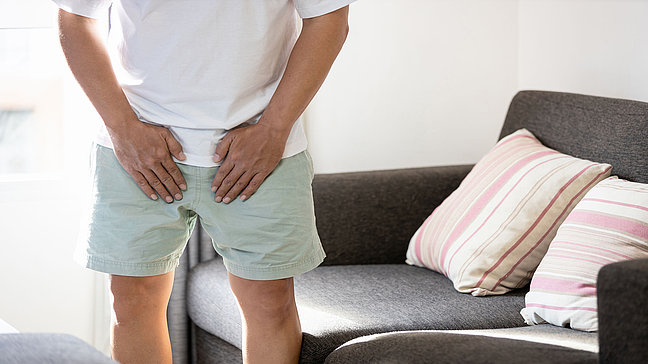
Testicular cyst
Causes of Testicular Cysts
The exact causes of testicular cysts are not always clear. They occur when fluid accumulates in the ducts of the epididymis. Possible factors that may contribute to the development of a testicular cyst include:
- Blockage of the vas deferens: Blockages or disruptions in the vas deferens can lead to fluid accumulation.
- Inflammations or injuries: Previous inflammations or injuries of the testicle or epididymis can promote the formation of cysts.
- Congenital factors: In some cases, testicular cysts can be congenital and develop in early adulthood.
Symptoms of testicular cysts
- Painless swelling or lump at the upper pole of the testicle
- Feeling of tension or pressure in the scrotum with larger cysts
- In rare cases, slight pain or discomfort, especially when the cyst grows
- The cyst is often easily palpable and feels smooth and firm
Diagnosis of epididymal cysts
The diagnosis is usually made through a physical examination, during which the doctor palpates the scrotum. A diaphanoscopy can be used, where light shines through the scrotum to show if the swelling is fluid-filled. An ultrasound is often performed to confirm the diagnosis, to determine the size and location of the cyst, and to rule out other causes of the swelling, such as tumors.
Treatment options for epididymal cysts
- Observation: In most cases, no treatment is necessary as the cyst does not cause discomfort and is harmless. However, regular check-ups may be recommended.
- Surgical removal: If the cyst causes discomfort or becomes very large, it can be removed through a minimally invasive surgical procedure.
- Aspiration: In rare cases, the cyst can be aspirated to drain the fluid, but there is a risk that the cyst may recur.
Preventive measures for testicular cysts
Since the exact causes of testicular cysts are not fully known, there are no specific preventive measures. However, it is advisable to perform regular self-examinations of the testicles to detect changes early and consult a doctor if there are any complaints.



